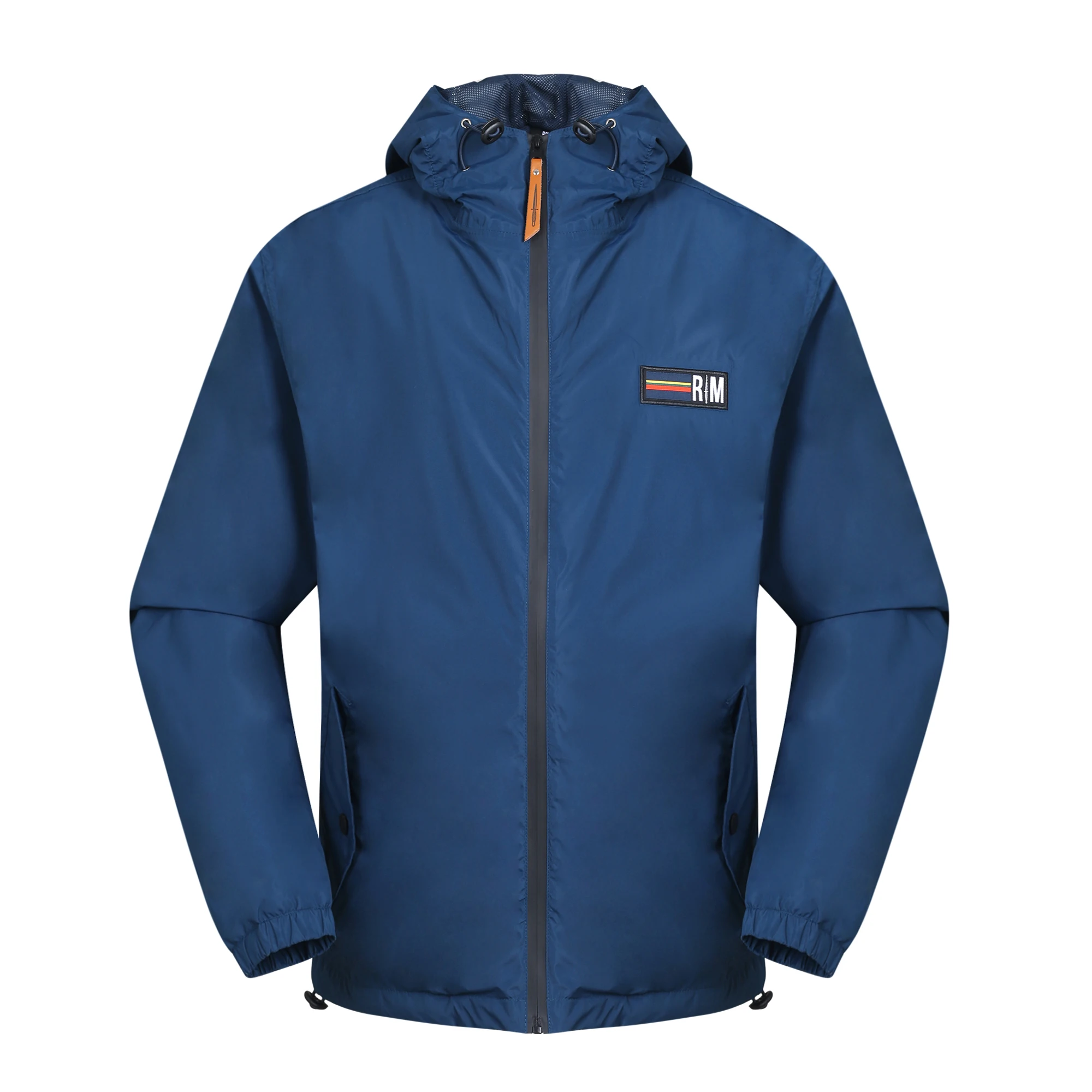Stay Dry and Secure: The Ultimate Guide to Choosing a Rain Jacket for Safety
Are you tired of getting drenched in the rain, unable to find a rain jacket that not only keeps you dry but also ensures your safety? Look no further! In this comprehensive guide, we will walk you through the essential factors to consider when choosing a rain jacket for maximum protection against the elements. Whether you are an avid hiker, a city dweller, or an adventure enthusiast, we've got you covered. With our expert advice, you'll soon be equipped with the perfect rain jacket that blends style, functionality, and most importantly, safety. So, say goodbye to soggy days and hello to staying dry and secure, no matter the weather!
Understanding Waterproof Ratings
When it comes to choosing a rain jacket, understanding waterproof ratings is essential. These ratings provide valuable information on how well a jacket can keep you dry during wet weather conditions. Let's take a closer look at what these ratings mean.
The waterproof rating of a rain jacket is usually indicated in millimeters (mm). This measurement refers to how much water pressure the fabric can withstand before water starts to penetrate it. For example, a jacket with a waterproof rating of 5,000mm means that it can handle a column of water up to 5,000mm in height before moisture seeps through.
Higher waterproof ratings typically indicate a more effective rain jacket. So, if you often find yourself in heavy downpours or engage in outdoor activities that expose you to prolonged wet conditions, you'll want to opt for a jacket with a higher waterproof rating.
It's worth noting that a rating of 10,000mm or above is considered highly waterproof and will provide excellent protection against heavy rain. However, keep in mind that a higher waterproof rating may also mean reduced breathability. If you plan on being active and generating body heat while wearing your rain jacket, it's important to strike a balance between waterproofness and breathability.
In our next section, we'll explore the different types of waterproof fabrics used in rain jackets and how they contribute to their overall performance.
Key Features to Look for in a Rain Jacket
When selecting a rain jacket for safety, there are several key features to consider. These features can ensure that you stay dry and secure during wet weather conditions.
Waterproof Material: The most crucial feature of a rain jacket is its ability to keep you dry. Look for jackets made from high-quality waterproof materials such as Gore-Tex or coated nylon. These materials are designed to repel water and prevent it from seeping through the fabric.
Sealed Seams: Pay attention to whether the rain jacket has sealed seams. Sealed seams are crucial as they prevent water from entering through the tiny needle holes used to stitch the jacket together. Jackets with fully taped seams offer the best protection against water infiltration.
Adjustable Hood: A rain jacket with an adjustable hood is essential for safety during heavy rain. Look for hoods that can be tightened or loosened, as this allows you to customize the fit and ensure that it stays in place even in windy conditions. An adjustable hood also provides added protection for your head and face.
By considering these key features, you can choose a rain jacket that will not only keep you dry but also offer an extra layer of safety during inclement weather.
Choosing the Right Rain Jacket for Your Needs
When it comes to selecting a rain jacket that ensures your safety, there are a few key factors to consider. Firstly, think about the type of activities you will be engaging in while wearing the jacket. Whether you're hiking in the mountains or simply walking around in the city, different environments call for different features.
Secondly, pay attention to the material and construction of the rain jacket. Opt for a jacket that is made from waterproof and breathable fabric, such as Gore-Tex or eVent. These materials will not only keep you dry but also prevent you from overheating by allowing moisture to escape.
Lastly, ensure that the rain jacket offers proper visibility. Look for jackets with reflective elements or bright colors that will make you easily noticeable, especially in low-light conditions. This is crucial for your safety, as it allows others to see you clearly, reducing the risk of accidents.

Remember, selecting the right rain jacket for your needs is essential in ensuring both your comfort and safety. So take the time to consider your activities, the material used, and the visibility factor when making your choice. Stay dwights.co.nz and secure with a rain jacket that suits your specific needs.